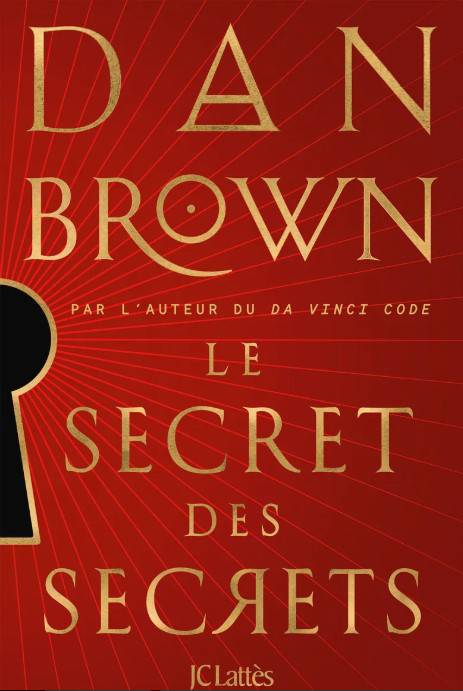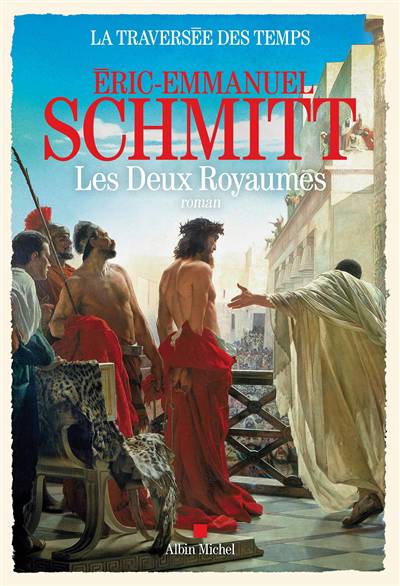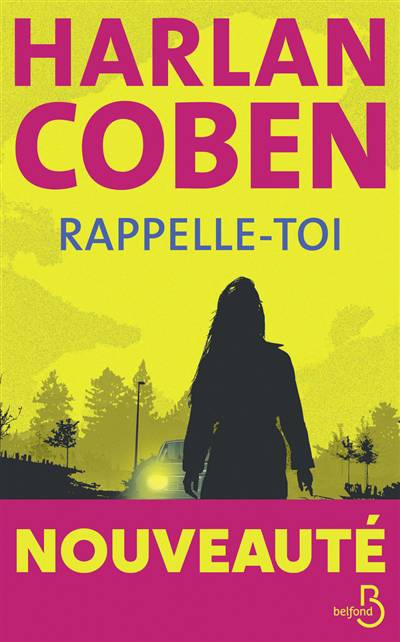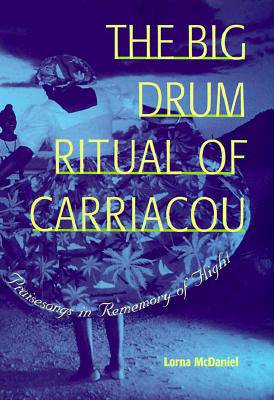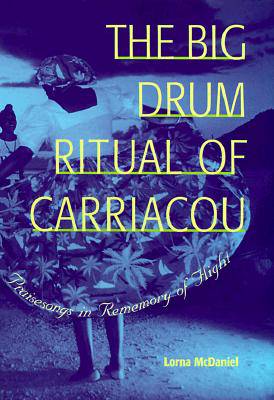A study of a dance rite on the island of Carriacou, Grenada,
that reflects African-Caribbean religion dating back to the early 1700s
The Big Drum is the
lively ancient dance rite of the small island of Carriacou, Grenada.
This book introduces 120 of the ceremonial song texts and dances that
call and entertain the ancestors who are central to Carriacou religious
experience.
Performed since the early 1700s, the Big Drum dance
reveals an African-Caribbean religion at its inception as practiced by
enslaved people and in its current expression as a vital, living aspect
of Carriacou society. No other Caribbean ritual like it still exists.
Lorna
McDaniel maintains that the nine coded rhythms of the boula drums hold
the history of the nine African "nations" that inhabited early
Carriacou, keeping alive their memories of Africa and of family lineage.
In discussion of the spiritual bases of the Yoruba dances of Grenada,
Trinidad, Cuba, and Jamaica, McDaniel illustrates the connection between
the liturgical symbols of danced religions and the ancient myth of "The
Flying Africans."
McDaniel, who lived in Carriacou at the time
of the 1983 invasion of Grenada, frequently observed Big Drum dances and
interviewed many "old heads" (wise people) for this book. She concludes
it with an analysis of a single calypso that memorializes the invasion
and illustrates the history-keeping function of the calypso and Big
Drum. She uncovers a structural relationship between ancient praisesongs
and modern political songs and suggests the continuing impact of music
on the memory of Caribbean people.
